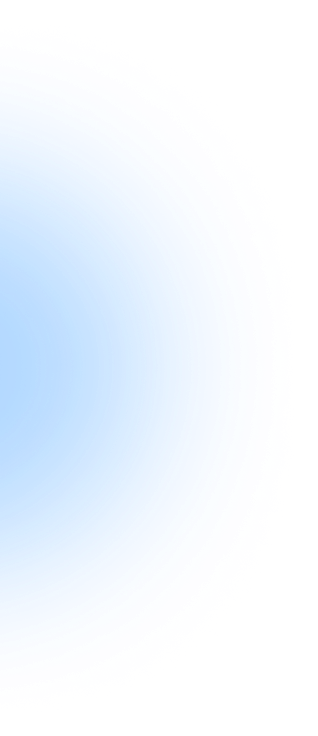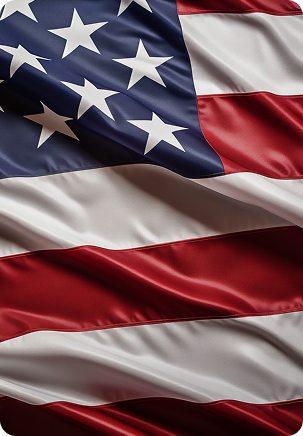Adding color is the key factor in designing a website, and it looks attractive and more functional to users or clients. The CSS(Cascading Style Sheets) plays an important role in adding color to my header HTML; you can simply write a code like: h1 color: anyone you want. The heading part in HTML includes various important parts of the website, such as the site’s logo, navigation links, the site’s name, and other useful information.
With the help of customized color effects, businesses can make their website more engaging and always try to make it unique from other websites.
In this blog, we will explore how to add color to my header HTML and offer the CSS properties that are used in all website designing.
Let’s start to explore the HTML and CSS functions!
What Is HTML and CSS?
HTML(Hyper-text Markup Language) and CSS(Cascading Style Sheets) are the popular programming languages that explain the visual appearance of the website. These languages control the website’s layout, heading designs, styles, fonts, colors, themes, and more.
It mainly provides the structure of the website, and users first interact with the front-end design. HTML and CSS are open-source programming languages, and they provide all the design tools that users need to write the code for any design.
Add a Color To My Header HTML
There are various ways to use header text color in HTML. first, you make a structure with the help of HTML language and use CSS language to style the web pages and change their fonts and colors. Let’s take a look at the various ways:
1. Basic HTML Structure To Add a Color
In the first way, you need to create an HTML header customization and header format in the <header> tag, and you can link the CSS header styles inside the head element or block. It is the simplest way to add a color to the HTML structure. Look at the HTML code below:
<!DOCTYPE html>
<html lang=”en”>
<head>
<meta charset=”UTF-8″>
<meta name=”viewport” content=”width=device-width, initial-scale=1.0″>
<title>Add a Color To My Header HTML</title>
<link rel=”stylesheet” href=”styles.css”>
</head>
<body>
<header>
<h1>This Is My First Website</h1>
<p>Welcome to my cutomized website</p>
</header>
</body>
</html>
2. Add a Color By Using Inline CSS
This is one of the simplest ways to add a color in the header HTML; you can link the CSS style property inside the header tag and explain the color. It is not only for beginner coders, it is also for professional coders to reduce the separate sheet of CSS files. Look at the below code:
<header style=”background-color: #4CAF50; color: blue; text-align: center; padding: 30px;”>
<h1>Welcome to My Website</h1>
<p>This is my header.</p>
</header>
- color: blue; – This indicates the color of text and content.
- background-color: #4CAF50; – This defines the HTML header background color, and it also indicates the HTML header color code.
- padding: 30px; – it adds the space inside the header area.
- text-align: center – it defines the position of text in the header.
3. Add a Color By Using Internal CSS
This is also the easiest way to describe the CSS properties inside the HTML, and users can use the <style> tag to explain the fonts, CSS header color properties, and other styles. It also reduces confusion and improves the user’s visibility to insert the CSS code.
<!DOCTYPE html>
<html lang=”en”>
<head>
<meta charset=”UTF-8″>
<meta name=”viewport” content=”width=device-width, initial-scale=1.0″>
<title>Adding Color to Header</title>
<style>
header {
background-color: #4CAF50; /* Green background */
color: white; /* White text */
text-align: center;
padding: 20px;
}
</style>
</head>
<body>
<header>
<h1>Welcome to My Website</h1>
<p>This is my header.</p>
</header>
</body>
</html>
4. Add a Color By Using External CSS
External CSS is mainly used for big or complex projects it is simply used when users or clients design multiple web pages. With the use of external CSS, the HTML file is clean and easily managed and links the HTML header color with CSS.
- First, make an individual CSS file and name them style.css:
CSS
header {
background-color: #4CAF50; /* Green background */
color: white; /* White text */
text-align: center;
padding: 20px;
}
- After that, link the CSS file with the HTML file using the <link> tag in the head section of HTML:
<!DOCTYPE html>
<html lang=”en”>
<head>
<meta charset=”UTF-8″>
<meta name=”viewport” content=”width=device-width, initial-scale=1.0″>
<title>Adding Color to Header</title>
<link rel=”stylesheet” href=”styles.css”>
</head>
<body>
<header>
<h1>Welcome to My Website</h1>
<p>This is my header.</p>
</header>
</body>
</html>
Conclusion
In this blog, we provide you detailed information about how to add a color to my header HTML. There are many simplest or quickest ways to add color to header html, and it can enhance the web pages’ visual appearance.
Using inline CSS, Internal CSS, and external CSS, you can change the colors, fonts, layouts, and other designs to make it more engaging and attractive to users around the world. These above sections are also helpful for website development to manage their styling header in HTML properties, and they can use external CSS for designing multiple pages.
Frequently Asked Questions
1. How Do I Change The Background Color of The Header?
To adding background color to header. Here, we provide the HTML and CSS properties:
header {
background-color: #4CAF50; /* Green background */
}
2. How Do I Add Padding or Margin Around The Header?
With the help of CSS style properties, you can add padding or margin around the header:
header {
padding: 20px; /* Adds space inside the header */
margin: 10px; /* Adds space outside the header */
}
3. Can I Use Inline CSS To Color My Header?
Yes, with the use of inline CSS to color the header, simply use the <style> stage inside the HTML document:
<header style=”background-color: #4CAF50; color: white; padding: 20px;”>
<h1>Welcome to My Website</h1>
<p>This is my header.</p>
</header>
4. Can I Use An Image As The Header Background Instead of A Solid Color?
Yes, you can use an image as the header background instead of a solid color, use the CSS for header background to insert the image.
header {
background-image: url(‘path/to/your-image.jpg’);
background-size: cover; /* Makes the image cover the entire header */
}





























